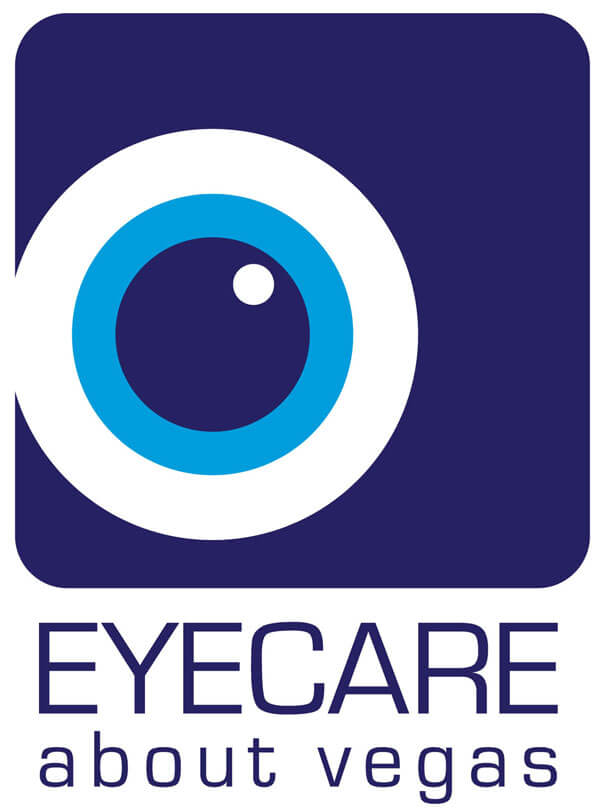 Dry eye syndrome (DES) occurs when a change in the tear film disrupts the health, comfort and visual functions of the eye’s surface.
Dry eye syndrome (DES) occurs when a change in the tear film disrupts the health, comfort and visual functions of the eye’s surface.
Both genetic and environmental factors may contribute to the onset and progression of dry eye syndrome. This includes age, gender, climate, hormonal changes, diet, medications, other health conditions and the amount of daily screen time.
If you have DES, you might need to take a medicated oral or topical treatment.
However, in some cases, medicated treatments may be [minimized] or perhaps even eliminated altogether with certain natural approaches. Fortunately, there are several at-home and in-office natural and holistic methods that can manage your dry eye syndrome and help your eyes heal.
If you suffer from dry eyes, always seek advice from your Dry Eye Center at EyeCare About Vegas dry eye doctor in Las Vegas, and do not alter any prescribed treatment plan without first receiving the appropriate medical advice.
The following natural and holistic remedies may relieve your eye discomfort and relieve your symptoms.
But First, What Are the Main Dry Eye Symptoms?
Symptoms of DES can range in severity and frequency, but often includes:
- Eye redness
- Irritation or pain
- Grittiness
- Watery eyes
- Blurred vision
- Light sensitivity
- Stringy mucus around the eyes
- Eye fatigue
- Itchiness or burning
These symptoms can be distracting in mild cases, and in severe cases — debilitating.
Natural Treatments For Dry Eye Syndrome
Heat Therapy and Gland Expression
There are a lot of causes of dry eyes, but one of the biggest is meibomian gland dysfunction (MGD). The meibomian glands secrete nourishing oils into the tears that coat the ocular surface, stabilizing the tear film by reducing evaporation of the tears
When the meibomian glands become clogged with hardened oils, they can’t produce the oils in the quality and/or quantity needed for a stable tear film. Because the tears don't contain enough oil, they evaporate too quickly.
This form of DES is called evaporative dry eye syndrome. Clearing out the hardened oil from the glands will improve the glands’ function and reduce DES symptoms.
Your optometrist may recommend in-office procedures using specialized equipment to warm up the meibomian glands and express the hardened oils, allowing the oils to be easily delivered to the eye's surface.
Warm Compresses and Eye Massage
At-home warm eye compresses are usually a front-line treatment for several eye ailments, including DES. There are several ways to make a warm eye compress, and many compresses are available for purchase. Some compresses use dry heat, while others use moist heat. Ultimately, your optometrist will recommend the best type for your eyes.
Applying a warm compress daily will have a more profound effect than using it occasionally.
Hot compresses work best at 100 to 110 degrees Fahrenheit (38 to 42 degrees Celsius), depending on the material and how dry it is. Your eye doctor will be able to provide individualized instructions. Never warm your compress above this temperature range, because it can warp the cornea and make it hard to see.
Once the clogged oils have dissolved (usually after 5-15 minutes of compress use), gently massage your eyelids in a circular motion to push the oils toward and out of the lash margin.
Proper Nutrition
Tear production has been shown to be affected by consuming certain nutrients.
A number of studies have suggested that Omega-3 fatty acids help patients with dry eye syndrome produce healthy tears. A 2019 study published in Expert Review of Ophthalmology confirmed Omega 3’s efficacy but noted that the exact dosage required remains unclear.
To increase your Omega-3 intake, ask your eye doctor for a supplement recommendation and/or try to consume more omega-3-rich foods, such as fatty fish, nuts and seeds.
Researchers have also studied the correlation between whole-body hydration and eye hydration. The study, published in Investigative Ophthalmology & Visual Science (2012), indicates that individuals with DES have higher blood osmolarity (less diluted blood) than those without DES. Thus, keeping your body adequately hydrated will help give your eyes the necessary fluids for healthy tear production.
Eyelid Hygiene
Eyelid hygiene is key to managing DES by controlling the bacterial load on the eyelids and lashes. MGD and blepharitis, an inflammation of the eyelids, are often caused by dirt, debris, and microbes that collect around the eyes.
Your eye doctor may recommend an in-office eyelid scrubbing treatment, or show you how to thoroughly clean your eyelids at home. Applying a warm compress before cleaning the eyelids may be helpful in loosening any debris.
Environment Control
Dry air in arid climates, air conditioning and heating can all cause or contribute to dry eye syndrome. So can air pollution. Try making these adjustments in your environment and see if you notice any improvement in DES symptoms:
- Always wear protective sunglasses outdoors to block out winds that can cause premature tear evaporation and carry debris.
- Point fans, air conditioners and hair blow dryers away from your face, so as not to [destabilize] the tear film.
- Use a humidifier in your home or office to replenish moisture in the air.
How Your Las Vegas Eye Care Team Can Help
At Dry Eye Center at EyeCare About Vegas, our goal is to help your eyes heal naturally from the underlying cause of dry eye syndrome. By thoroughly assessing your ocular health and reviewing your medical history, we’ll choose a treatment plan that is tailor-made to suit your needs.
Our holistic approach to dry eye syndrome will help restore your eye health and may eliminate or reduce the need for regular medications that manage symptoms. And remember that many of the above remedies are complementary in their therapeutic benefits, and can be used concurrently.
So go ahead and start your holistic eye healing journey by contacting Dry Eye Center at EyeCare About Vegas in Las Vegas today!
Our practice serves patients from Las Vegas, Henderson, Green Valley, and Seven Hills, Nevada and surrounding communities.
